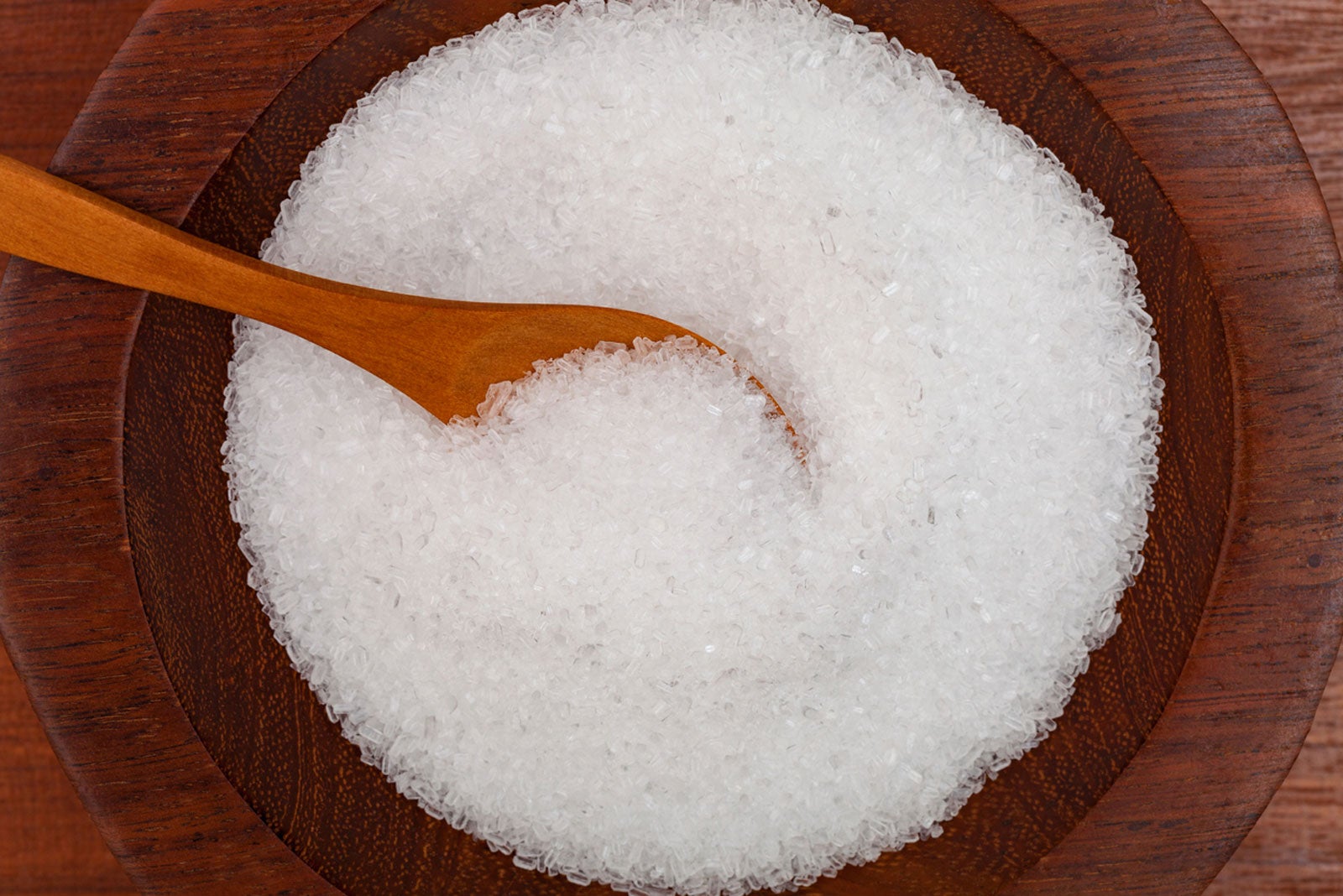Learn More About the Specific Plants That Are Detrimentally Affected by Epsom Salt Application
Epsom salt, a preferred household treatment for different gardening troubles, is commonly praised for its useful results on plant development. Not all plants react positively to its application. Understanding the specific plants that can be adversely impacted by Epsom salt is vital for any kind of garden enthusiast wanting to maximize their plant treatment regimen. Roses, tomatoes, peppers, rhododendrons, and azaleas are just a couple of examples of plants that may not respond well to Epsom salt. The reasons behind these adverse effects and exactly how to alleviate them are crucial expertise for keeping a prospering garden.
Roses

Roses, specifically conscious modifications in their environment, can be adversely affected by the application of Epsom salt. While Epsom salt is commonly used as a fertilizer to advertise plant growth and enhance blooming, roses are one of the plants that do not respond well to its application. The high magnesium material in Epsom salt can hinder the uptake of various other vital nutrients by the rose plants, leading to shortages that manifest as yellowing fallen leaves or stunted growth.

Tomatoes
Tomatoes, known for their convenience in culinary applications, can display adverse effects when subjected to Epsom salt due to their certain nutrient requirements. While Epsom salt is typically proclaimed as a remedy for different plant issues, consisting of bloom end rot in tomatoes, its application can lead to harmful end results if not made use of sensibly. Tomatoes are heavy feeders that need a well balanced consumption of nutrients, especially calcium, to flourish. Extreme Epsom salt, which is magnesium sulfate, can interrupt the fragile nutrient equilibrium required by tomatoes, potentially bring about shortages in other important nutrients like calcium. This discrepancy might materialize in symptoms such as stunted development, yellowing fallen leaves, or also reduced fruit production in tomatoes. When considering the use of Epsom salt on tomatoes, it is essential to adhere to advised application rates and soil screening to protect against unplanned consequences on the general health and wellness and efficiency of these beloved garden plants.
Peppers
Peppers, revered for their numerous colors and degrees of spiciness, can demonstrate sensitivity to unfavorable influences from Epsom salt when not applied with treatment and consideration for their specific dietary needs. what plants don't like epsom salt. Peppers, coming from the Solanaceae family, call for a delicate equilibrium of nutrients to thrive. While Epsom salt is understood to improve magnesium levels in plants, extreme application can disrupt this balance, leading to negative impacts on pepper plants
When peppers are exposed to high levels of magnesium from Epsom salt, it can hinder the plant's ability to take in other necessary nutrients like calcium and potassium. This imbalance might show up in symptoms such as fallen leave staining, stunted growth, and decreased fruit manufacturing. Additionally, the extreme magnesium can alter the soil pH, additional aggravating nutrient uptake issues for peppers.

Rhododendrons
Given the sensitivity of certain plant varieties to imbalances triggered by Epsom salt, it is necessary to think about the effect on Rhododendrons, which additionally call for details nutrient degrees to thrive. Rhododendrons are acid-loving plants that prefer acidic soil conditions with a pH range between 4.5 and 6.0. Epsom salt, chemically referred to as magnesium sulfate, can alter the dirt pH and interfere with the fragile equilibrium of nutrients crucial for Rhododendron wellness.

To preserve the optimal development and wellness of Rhododendrons, it is crucial to stay clear of the unplanned usage of Epsom salt and instead concentrate on offering the specific acidic dirt conditions and nutrients that these plants need for growing.
Azaleas
Azaleas, understood for their vibrant blossoms and broad variety of shades, are decorative hedges that belong to the Rhododendron category. These prominent blooming plants are commonly found in landscapes, parks, and yards because of their beauty and convenience. Azaleas are delicate to adjustments in soil pH degrees, which can significantly affect their development and general wellness. While Epsom salt is generally utilized as a solution for magnesium deficiency in plants, its application to azaleas can have negative effects.
When Epsom salt is applied to azaleas, it can alter the soil pH, making it a lot more acidic. Azaleas favor slightly acidic soil problems, and an unwanted of magnesium from Epsom salt can disrupt this balance, resulting in nutrient inequalities and possible poisoning issues. The incorrect application of Epsom salt can lead to stunted growth, yellowing of fallen leaves, and total decline in the health of azaleas. It is important to be cautious when considering my company the use of Epsom salt on azaleas to prevent any negative consequences on these delicate decorative shrubs.
Final Thought
In final thought, it is important to be conscious of the particular plants that can be detrimentally impacted by the application of Epsom salt. Roses, tomatoes, azaleas, peppers, and rhododendrons are some examples of plants that may not take advantage of Epsom salt and can even endure damage. It is crucial to research study and recognize the demands of each plant species prior to using Epsom salt as a fertilizer to guarantee their health and wellness.
Comprehending the details plants that can be adversely affected by Epsom salt is crucial for any kind of garden enthusiast looking to optimize their plant care routine. While Epsom salt is typically utilized as a plant food to promote plant development and enhance flowering, roses are one of the plants that do not respond well to its application.Excessive use of Epsom salt can likewise result in a build-up of salts in the soil, leading to root damages and dehydration of the rose plants. While Epsom salt is understood to improve magnesium degrees in plants, too much application can interrupt this stability, leading to damaging effects on pepper plants.
The high salt content in Epsom salt can also dehydrate Rhododendron origins, causing further stress and anxiety and damages to the plant. (what plants don't like epsom salt)